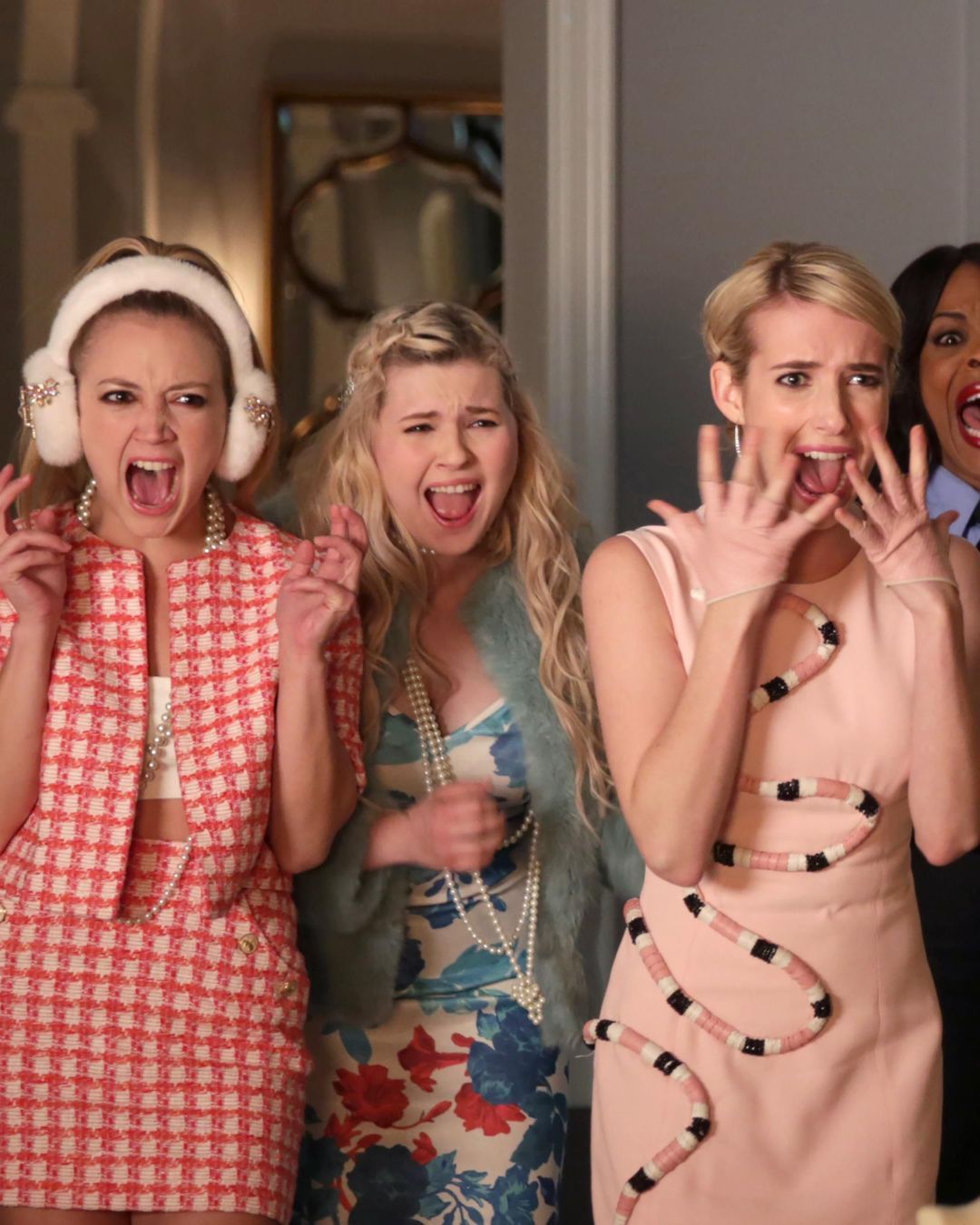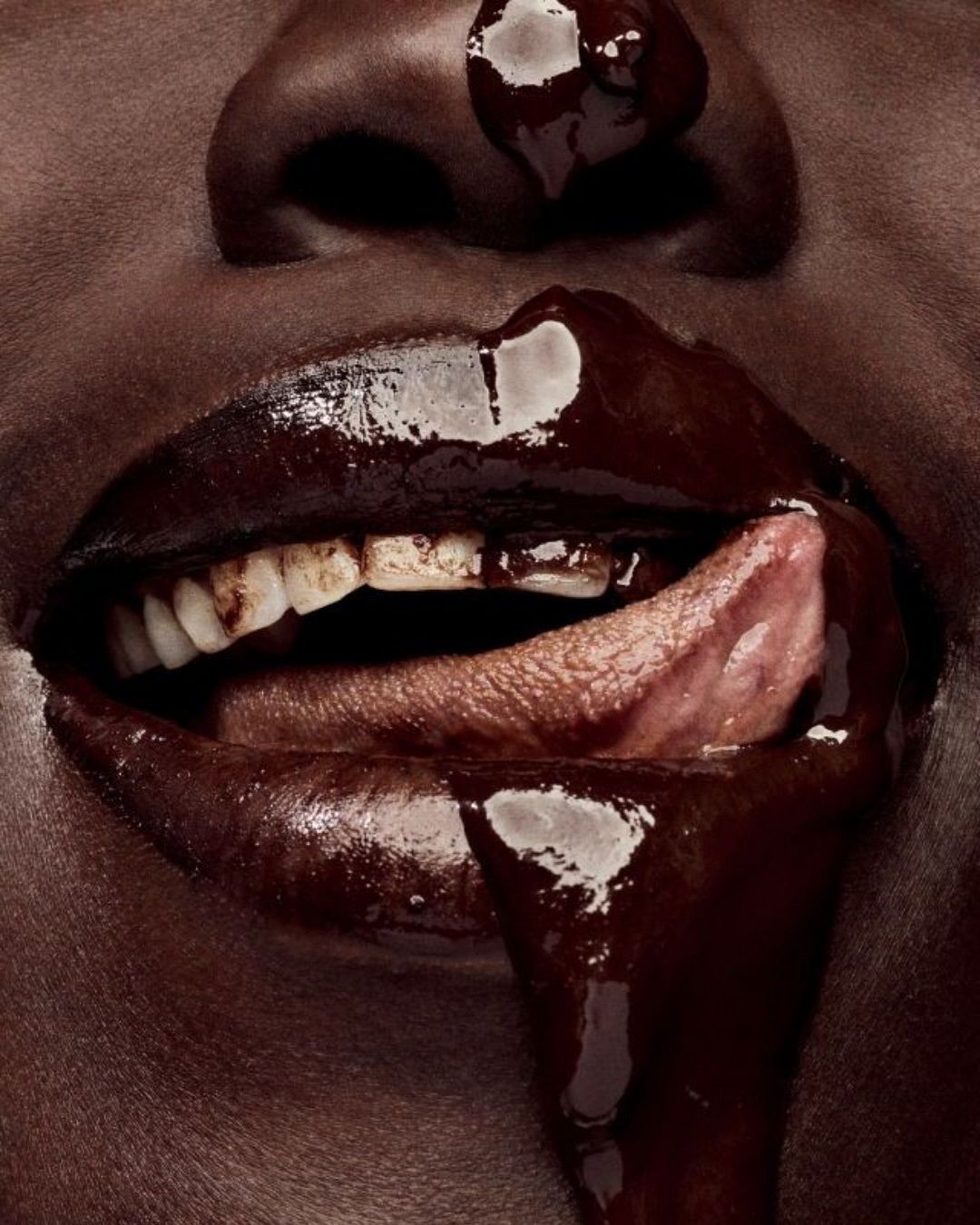
The ambiguous appeal of sororities From Legally Blonde to Greek, what are our references?
A shy, cute, but not stunningly beautiful blonde girl has just arrived at college, all by herself. She's a freshman who's feeling a bit unsure, but one thing she knows for sure is that she would do anything to join the same student sorority that her mother and grandmother were part of, or maybe not. Perhaps this protagonist is seeking redemption from her family, and joining a women's group could provide her with the connections, the credentials, and the respectability she desires, as well as a chance to get closer to some attractive guys from the affiliated men's fraternity.
Sororities in Movies and Television
We've seen this scenario countless times in a wide variety of entertainment products straight from the United States, portrayed in various ways. In horror or horror-comedy films, for instance, sororities are sometimes depicted as places of cutthroat competition and debauchery, grotesque single-gender clubs where society's most ruthless mechanisms are played out on a smaller scale. Think of "Scream Queens”, where the sorority becomes the stage for cold-blooded murders, or "Emergency" a Prime Video movie where three racially diverse guys find a blonde girl passed out in their living room, probably from a wild sorority party, and are too afraid of being blamed for something they didn't do to involve the police. In other genres, they become spaces of sisterhood, albeit with a high degree of stereotyping, as seen in "Legally Blonde”.
An Almost Inexplicable Allure
Their dynamics and nuances have then become the central theme of products like "Greek", which differentiates between cool and popular sororities and those that are a bit nerdy, or "Neighbors" with Zac Efron and Seth Rogen, where sororities and fraternities in general are only a source of great and comical disruption for a young couple with a child. Sometimes, the protagonists want to be part of them, while other times they define themselves in contrast to the members of these groups, disdaining them. But why do these typically American student organizations captivate us so much?
@ahmadnabihah A day in my life at Columbia University. Not pictured: me attending my probability for engineers and multivariable calculus classes. #college #dayinmylife #columbiauniversity #ivyleague Young Folks - Shindig Society
Sorority Stereotypes
When we think of sororities, specific images come to mind: almost always, blonde, usually white, thin and attractive girls, with perfectly styled blonde hair and elaborate choreography in front of a multi-story white house, on a sunny green lawn. Cocktail parties full of pink outfits, excessive drinking, gala dinners, and various forms of social climbing for the women; athletic guys, also white and blonde but rather messy, with a focus on sex for the men. Whatever the truth may be, the representation that comes from overseas is more or less like this: sororities are elitist, white, rich, and frankly a bit unpleasant. We look at them with confusion; we don't fully understand them. What's certain is that at those parties and in those houses filled with bedrooms, things happen that seem very important to the lives of these already well-established college kids who pay for Ivy League education and have a clear idea at just 18 of who to keep close and who to avoid. It's impressive, especially when placed in the broader context of the American college image with the campus, oversized coffee cups, charming, grizzled and charming professors, and so on.
@asudeltazeta COME ON BARBIE LETS GO DZ!
TikTok Trends
Now, thanks to TikTok, we get a more realistic and less filtered portrait of these student organizations, which don't necessarily become more understandable or less artificial and contrived because of it. The videos of women's sorority presentations and their choreographies, their big smiles, are particularly discussed on the platform. People are curious about how strict their hierarchy is and what trials the girls have to face to be put at the forefront. Their ambiguous charm remains. As proof of their influence, women's sororities provide inspiration for trends, the latest of which is the "sorority girl blowout", a fluffy and feminine hairstyle that recalls the '90s and early 2000s. Despite the trends, the feeling remains that these organizations, which often have a deep history of white supremacism or similar issues, have been left behind, and what we can take from them is one thing and one thing only: the importance of sisterhood.
@becccamooore my ex sorority girl tell-all chapter 28191 #sorority #greeklife #storytime #sororityhouse original sound - Becca Moore
What Sororities Can Teach Us
If we were to put on a pair of blinders and ignore a series of obvious problems these organizations have, we could say this: it's nice that, in some way, when a girl arrives in a new place, a group of older girls is there to welcome her, ready to lend a hand and guide her in her new adventure during crucial years for her personal, emotional, and cultural development. Perhaps, as collective consciousness expands, blurs, grows, and debates on education accessibility and inclusion in prestigious colleges are opened, student sororities will also evolve, giving a new and better meaning to the word sisterhood.
























































